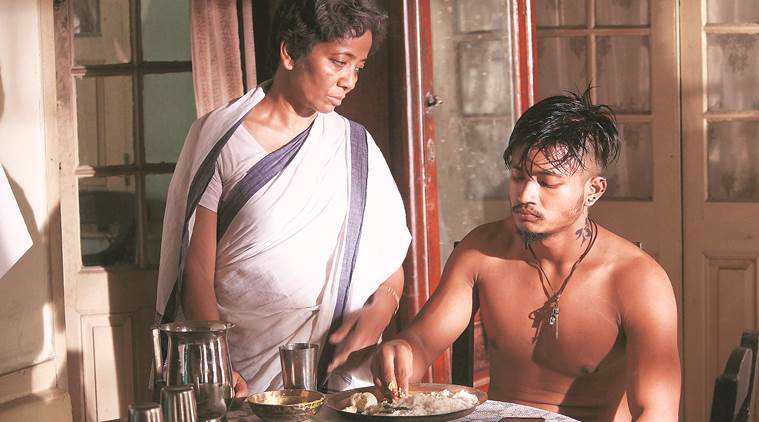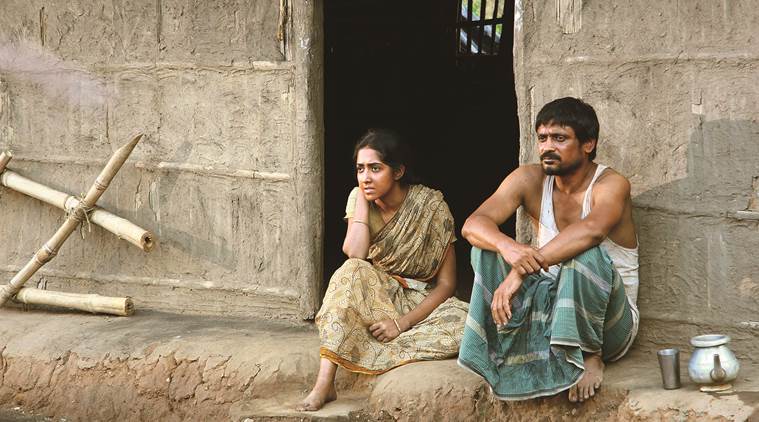For Home and Country
How two young men from small-town Assam gave the Northeast its first big-budget multilingual film, that brings to the fore issues of drug abuse, children victimised in armed conflicts and man-nature divide.

Four years later, III Smoking Barrells, directed by Dey and produced by Malpani, is the first commercial film from and of the Northeast.
It was a conversation in a car between two old friends that led to III Smoking Barrells, the big Northeast release set to hit the theatres on Friday. The two friends since pre-school were in Golaghat, an old city in upper Assam, famous for its tea and heritage buildings. It had been a decade since Sanjib Dey had moved out of home, and was making small commercial films in Mumbai, while Amit Malpani, a tea industrialist, shuttled between Golaghat and wherever work took him. “We had lost touch over the years but whenever we were back in Golaghat, we would end up meeting,” says Dey, over the phone from Mumbai.
“This was 2014. We were in the car when Amit said quite seriously, ‘let’s make a film.’ For me, just the thought of it gave me goosebumps. Making a Northeast film was always a latent dream that I had,” says Dey.
Four years later, III Smoking Barrells, directed by Dey and produced by Malpani, is the first commercial film from and of the Northeast. Dey’s anthology of three stories, which make up the film, has a pan-India cast, and a chunk of the roles are played by Northeastern actors. “I have people from the Bodo tribe as actors, the Mising tribe in my crew, along with technicians from Mumbai,” he says, “From Kashmir to Kerala, from Gujarat to Nagaland, everyone has participated.” The cast includes Indraneil Sengupta, Shiny Gogoi, Siddharth Boro, Bijou Thaangjam, Mandakini Goswami, Amrita Chattopadhyay and Rajni Basumatary. “People make films on the Northeast all the time, but actors are mostly from the ‘mainland’,” says Dey.
\With a budget of four crore, and shot extensively over two years across the Northeast (parts of Meghalaya, Assam, Nagaland as well as three borders areas), the film fictionalises three socio-political issues the region has long been grappling with: children involved in armed conflict, drug abuse and trafficking, and man-animal conflict. “While these are rampant issues in the Northeast, it’s not alien to the rest of the county either,” says Dey, who claims that the intention was never to make a “preachy” film.
“Despite touching upon such topics, this is an ‘entertainment’ film. The story has been in my head for years. It follows three stages of life of three criminals,” he says.
Language, according to Dey, is another element that keeps his film authentic. The dialogue seamlessly switches across six different tongues in the two-hour long production: English, Hindi, Bengali, Assamese, Nagamese, and Manipuri. “If it was entirely in Hindi, it wouldn’t have been a true Northeast movie. It’s probably the only multilingual film to have ever come out of the region,” he says. The soundtrack, too, which features songs by Assam’s Papon has a mix of Assamese, English, Hindi and Bengali songs.
The film has received a warm reception at film festivals and has won an award too. But for the makers the big release is the big test. Dey feels his film stands apart from the rest because, “It is about the region, but it’s not a regional film. I suppose with the budget we had, we could have made a mainstream Bollywood flick in Hindi, and it could have been like any of the other mainstream releases. But we chose not to. This one is for the Northeast.”






















 English, Hindi, Bengali, Assamese, Nagamese and Manipuri — dialogues roll off six different tongues in this multi-crore film
English, Hindi, Bengali, Assamese, Nagamese and Manipuri — dialogues roll off six different tongues in this multi-crore film
No hay comentarios:
Publicar un comentario